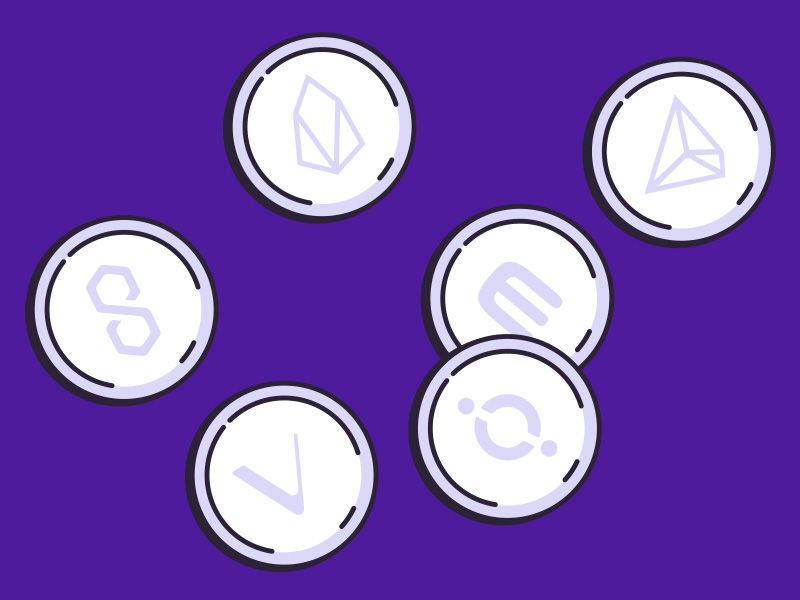What is an ERC-20 Token?
2:30 Min Read
Most tokens in the digital asset space are built on blockchain technology using one of a number of protocols. As new projects have launched, there have been more and more tokens that share basic features, but have different approaches to varying issues. One of the most popular token types is an Ethereum based token known as an ERC-20 token.
Simply put, ERC-20 is the protocol used for Ethereum tokens. Before the emergence of ERC-20, each token was a standalone smart contract that had its own set of functions and rules. In order to trade on Ethereum platform, there needed to be a common standard among tokens as they changed hands. ERC-20 addresses this problem by defining a set of rules that all Ethereum tokens can follow. The rules are technical standards for smart contracts to send and receive transactions within the Ethereum ecosystem. This common standard means that any two ERC-20 based tokens can interact with one another easily on the Ethereum blockchain.
Some Popular ERC-20 Based Projects:

The ERC-20 token type is vital to many projects; it is defined by a common list of rules that all Ethereum tokens must adhere to in order to operate correctly. Some of these rules include how tokens can be transferred, how the network approves transactions, and how users can access data about a token.
ERC-20 tokens are easy to create because they utilize existing smart contracts on the Ethereum blockchain. In fact, you can use an ERC-20 generator tool to create your own Ethereum token within minutes.
ERC-20 tokens are a lot like the middle child of a family. They look up to their older brother, Bitcoin, and want to be just like him when they grow up. They know that Bitcoin is a blockchain-based digital asset that has value and can be sent and received. But ERC-20 tokens are different from Bitcoin because instead of running on their own blockchain, ERC-20 project tokens are issued on the Ethereum network and follow a specific set of rules ensuring compatibility with other ERC-20 tokens and projects. Even though it's a bit frustrating at times to not have the freedom that Bitcoin has, ERC-20 tokens are happy to be able to work with all of their friends in the Ethereum network.
ERC-20 tokens are like a magic 8-ball for developers. They allow developers to look into their crystal ball and see how new tokens will function within the larger Ethereum system, which makes life easier because they don't have to rebuild everything every time a new token is released. This means that if you're going to create a new token, you need to make sure it follows the ERC-20 rules. Compliance with these rules is required because they ensure compatibility among many different types of tokens issued on Ethereum.
ERC-20 tokens will pave the way for a wide range of innovative new blockchain-based platforms that could very well revolutionize the way that business is conducted and digital economies are created. The list of possible applications is practically endless, but one thing remains clear: ERC-20 tokens are an underutilized solution for many enterprises, and it’s only a matter of time before their value becomes more widely recognized outside of the cryptocurrency community.










